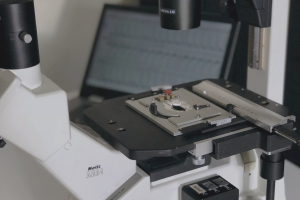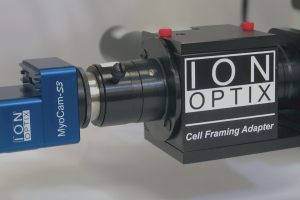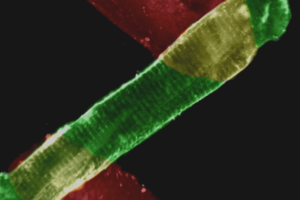Role of the transcription factor sox4 in insulin secretion and impaired glucose tolerance.
Goldsworthy M, Hugill A, Freeman H, Horner E, Shimomura K, Bogani D, Pieles G, Mijat V, Arkell R, Bhattacharya S, Ashcroft FM, Cox RD
Abstract:
OBJECTIVES— To identify, map, clone, and functionally validate a novel mouse model for impaired glucose tolerance and insulin secretion.
RESEARCH DESIGN AND METHODS— Haploinsufficiency of the insulin receptor and associated mild insulin resistance has been used to sensitize an N-ethyl-N-nitrosourea (ENU) screen to identify novel mutations resulting in impaired glucose tolerance and diabetes. The new impaired glucose tolerance 4 (IGT4) model was selected using an intraperitoneal glucose tolerance test and inheritance of the phenotype confirmed by generation of backcross progeny. Segregation of the phenotype was correlated with genotype information to map the location of the gene and candidates sequenced for mutations. The function of the SRY-related high mobility group (HMG)-box 4 (Sox4) gene in insulin secretionwas tested using another ENU allele and by small interferingRNA silencing in insulinoma cells.
RESULTS— We describe two allelic autosomal dominant mutations in the highly conserved HMG box of the transcription factor Sox4. Previously associated with pancreas development, Sox4 mutations in the adult mouse result in an insulin secretory defect, which exhibits impaired glucose tolerance in association with insulin receptor+/––induced insulin resistance. Elimination of the Sox4 transcript in INS1 and Min6 cells resulted in the abolition of glucose-stimulated insulin release similar to that observed for silencing of the key metabolic enzyme glucokinase. Intracellular calcium measurements in treated cells indicate that this defect lies downstream of the ATP-sensitive K+ channel (KATP channel) and calcium influx.
CONCLUSIONS— IGT4 represents a novel digenic model of insulin resistance coupled with an insulin secretory defect. The Sox4 gene has a role in insulin secretion in the adult β-cell downstream of the KATP channel.
Type 2 diabetes is a heterogeneous metabolic disorder characterized by hyperglycemia resulting from defects in insulin action and/or insulin secretion with underlying genetic and environmental causes. There has been some success in identifying genetic factors underlying type 2 diabetes in some human populations (for example, calpain 10, PPARG, KCNJ11, TCF7L2, and ENPP1), and new whole-genome association studies are identifying further new candidates; however, many genes remain to be identified (1–8). One approach to identifying new genes is to use the mouse as a model. For example, using a combination of quantitative trait loci mapping and mutagenesis techniques, we recently identified a novel gene involved in insulin secretion (9–11).
Phenotype-driven N-ethyl-N-nitrosourea (ENU) mutagenesis screens have proven to be a powerful and efficient tool for the identification of novel models of human disease (12,13). Mutations are introduced at a rate of 



The SRY-related high mobility group (HMG)-box (SOX) gene family is a group of important transcriptional regulators of a number of developmental processes, including the development of the endocrine pancreas (23). Mice homozygous for a null mutation of Sox4 showed abnormal pancreatic bud formation and endocrine cell differentiation, and cultured pancreatic explants failed to form normal islets. In wild-type animals, levels of Sox4 expression peaked at embryonic day 13 and persisted at high levels in adult islets. No role has yet been elucidated for Sox4 in the adult pancreas.






